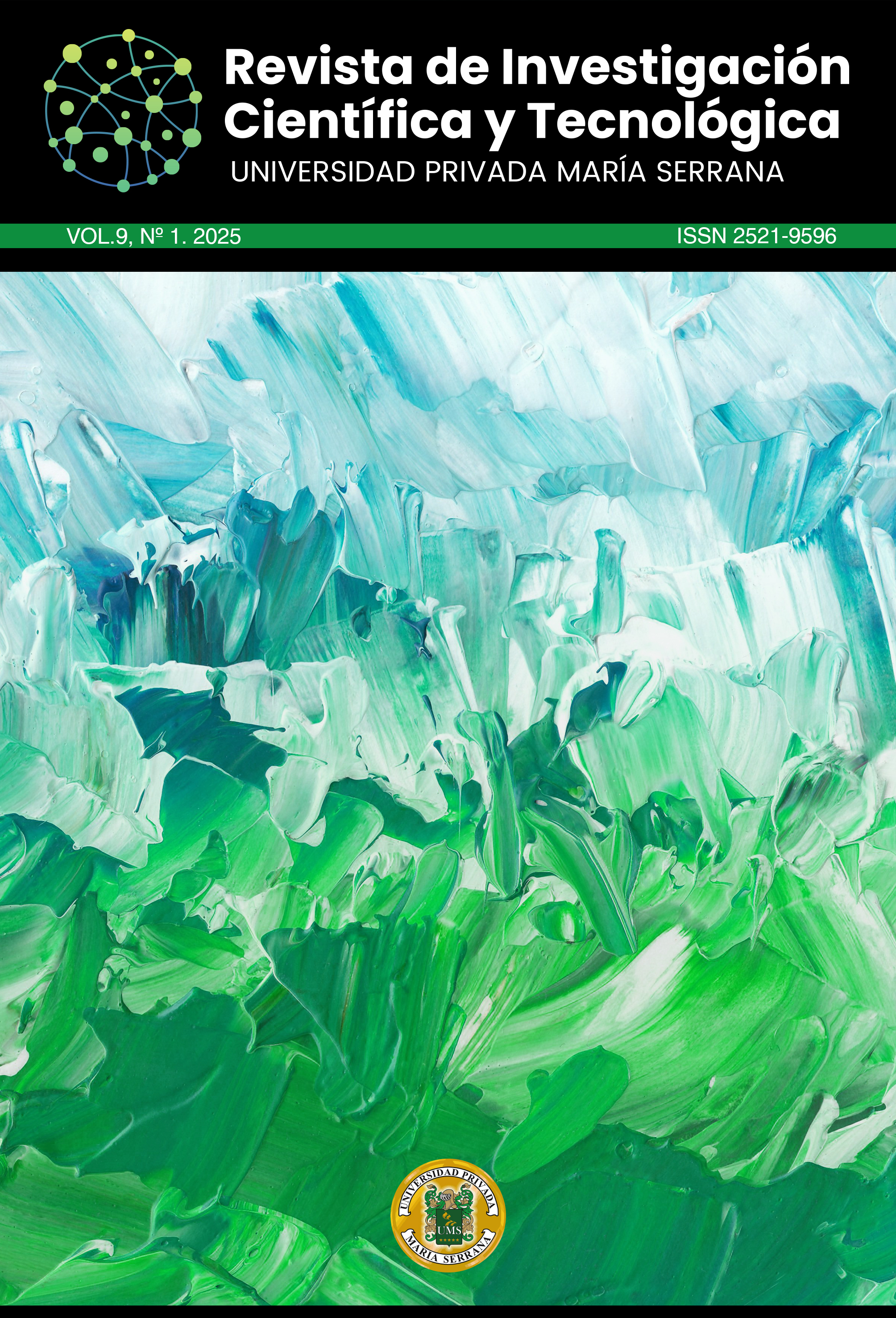Resumen
Introducción: La estimación del intervalo postmortem (IPM) es fundamental en la práctica forense. El humor vítreo (HV) constituye una matriz útil para este fin, especialmente por sus características bioquímicas estables relativamente.
Materiales y métodos: Se analizaron las concentraciones de potasio (K⁺), sodio (Na⁺) y cloro (Cl⁻) en 42 globos oculares bovinos, recolectados a las 0, 2, 6 y 10 horas postmortem, en condiciones ambientales controladas.
Resultados: El K⁺ mostró un incremento significativo y progresivo con el tiempo, alcanzando un promedio de 7.90 mmol/L a las 10 horas. En contraste, Na⁺ y Cl⁻ no evidenciaron variaciones significativas estadísticamente.
Discusión: El ascenso del K⁺ concuerda con estudios previos que lo posicionan como un marcador fiable del IPM, vinculado a la pérdida del homeostasis celular postmortem. La estabilidad de Na⁺ y Cl⁻ podría limitar su uso para estimar el IPM, aunque sus niveles pueden aportar información clínica complementaria.
Conclusión: Este estudio confirma el valor del K⁺ en la estimación del IPM en condiciones experimentales. Su aplicabilidad forense, aunque prometedora, requiere validación en escenarios reales, considerando variables ambientales y clínico-patológicas.
Referencias
Arroyo, A., Carbone, M. T., & Ordóñez, J. (2004). Bioquímica postmortem: Comparación de tres métodos de análisis. Cuadernos de Medicina Forense, (36), 35–40. https://scielo.isciii.es/scielo.php?script=sci_arttext&pid=S1135-76062004000200005
Ave, M. T., Ordóñez-Mayán, L., Camiña, M., Febrero-Bande, M., & Muñoz-Barús, J. I. (2021). Estimation of the post-mortem interval: Effect of storage conditions on the determination of vitreous humour [K+]. Science & Justice: Journal of the Forensic Science Society, 61(5), 597–602. https://doi.org/10.1016/j.scijus.2021.07.005
De-Giorgio, F., Grassi, S., d’Aloja, E., & Pascali, V. L. (2021). Post-mortem ocular changes and time since death: Scoping review and future perspective. Legal Medicine (Tokyo, Japan), 50, 101862. https://doi.org/10.1016/j.legalmed.2021.101862
Gerometta, R., & Villalba, C. (2021). Cambios en la concentración de electrolitos bovinos en función de horas post mortem. En Libro de Artículos Científicos en Salud (Edición 2021). Facultad de Medicina, Universidad Nacional del Nordeste.
Matamoros, M., & Martín, F. (2019). Bioquímica postmortem: Revisión bibliográfica. Revista de Ciencias Forenses Honduras, 5(1), 21–29. http://www.bvs.hn/RCFH/pdf/2019/pdf/RCFH5-1-2019-6.pdf
Montefusco-Pereira, C. V., & Matos Alves Pinto, L. (2016). El humor vítreo como fluido biológico de importancia clínica en ciencias forenses. Acta Bioquímica Clínica Latinoamericana, 50(1), 27–35. https://www.scielo.org.ar/scielo.php?script=sci_arttext&pid=S0325-29572016000100006
Passos, M. L., Santos, A. M., Pereira, A. I., Santos, J. R., Santos, A. J., Saraiva, M. L., & Lima, J. L. (2009). Estimation of postmortem interval by hypoxanthine and potassium evaluation in vitreous humor with a sequential injection system. Talanta, 79(4), 1094–1099. https://doi.org/10.1016/j.talanta.2009.02.054
Pigaiani, N., Bertaso, A., De Palo, E. F., Bortolotti, F., & Tagliaro, F. (2020). Vitreous humor endogenous compounds analysis for post-mortem forensic investigation. Forensic Science International, 310, 110235. https://pubmed.ncbi.nlm.nih.gov/32169668/
Prieto Bonete, G., Pérez-Cárceles, M. D., & Aurelio, L. M. (2019). Avances en nuevas matrices para la determinación del intervalo postmortem. https://digitum.um.es/digitum/handle/10201/65859
Risse, M., & Wehner, F. (2014). Electrolyte shifts in the vitreous humor and cerebrospinal fluid after death. Legal Medicine, 16(4), 183–188.
Wenzlow, N., Mills, D., Byrd, J., Warren, M., & Long, M. T. (2023). Review of the current and potential use of biological and molecular methods for the estimation of the postmortem interval in animals and humans. Journal of Veterinary Diagnostic Investigation, 35(2), 97–108. https://doi.org/10.1177/10406387231153930

Esta obra está bajo una licencia internacional Creative Commons Atribución 4.0.






